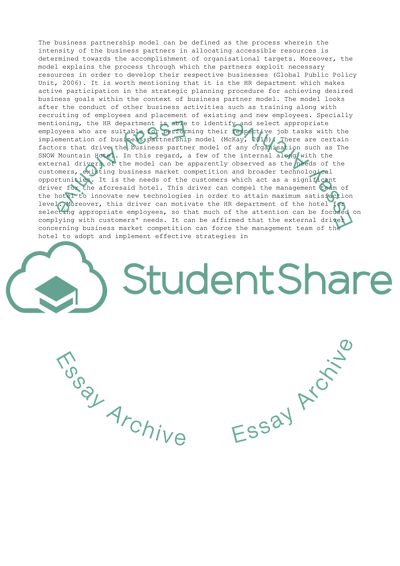Cite this document
(Introduction to human resource management Essay - 2, n.d.)
Introduction to human resource management Essay - 2. https://studentshare.org/human-resources/1804087-introduction-to-human-resource-management
Introduction to human resource management Essay - 2. https://studentshare.org/human-resources/1804087-introduction-to-human-resource-management
(Introduction to Human Resource Management Essay - 2)
Introduction to Human Resource Management Essay - 2. https://studentshare.org/human-resources/1804087-introduction-to-human-resource-management.
Introduction to Human Resource Management Essay - 2. https://studentshare.org/human-resources/1804087-introduction-to-human-resource-management.
“Introduction to Human Resource Management Essay - 2”. https://studentshare.org/human-resources/1804087-introduction-to-human-resource-management.


